When you think of protein, your mind probably leaps to sizzling steaks, grilled chicken breasts, or perhaps a post-workout protein shake. For decades, meat has reigned supreme as the go-to source for fueling muscles and satisfying hunger. But what if we told you that some humble vegetables are quietly competing—and even outshining—meat in the protein department?
That’s right. There’s a powerhouse lineup of plant-based players hiding in plain sight, packing impressive protein levels that could give your favorite meat dishes a run for their money. And we’re not just talking about tofu or tempeh. From garden classics like peas and spinach to under-the-radar options like edamame and lima beans, these veggies are breaking the stereotype that greens are nothing more than side dishes.
In today’s world of mindful eating, where sustainability, heart health, and plant-forward diets are taking center stage, knowing where to find protein beyond the butcher’s counter is more important than ever. Whether you’re a flexitarian testing the waters, a lifelong vegetarian, or simply someone curious about new ways to nourish your body, this list is for you.
Each of the 12 vegetables ahead earns its spot not just for protein content, but for being versatile, nutrient-rich, and surprisingly satisfying. Some boast more protein per cup than a boiled egg. Others are protein-dense enough to anchor a full meal. All of them challenge the outdated notion that only meat builds muscle.
So, if you’re ready to rethink your plate—and discover that protein can be as colorful and flavorful as it is powerful—read on. These veggies aren’t just good for you. They’re nutritional game-changers you’ll want to keep on your grocery list. Let’s dive into the surprising world of vegetables that don’t just complement meat—they compete with it.
1. Lentils
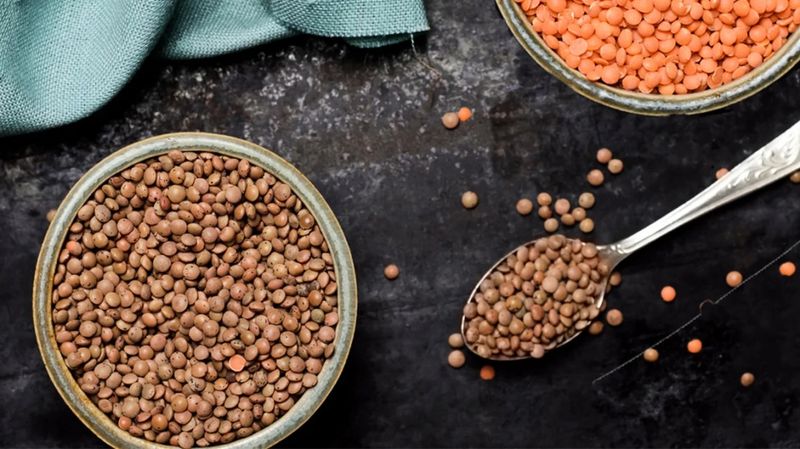
Ancient civilizations treasured lentils for good reason – these tiny powerhouses pack an incredible 18 grams of protein per cooked cup! Available in red, green, brown, and black varieties, each offers slightly different flavors and cooking times.
Red lentils cook quickly and become soft, perfect for hearty soups. Green and brown varieties hold their shape better for salads and side dishes. Their earthy flavor pairs beautifully with spices like cumin, coriander, and turmeric.
Beyond protein, lentils deliver iron, folate, and fiber. They’re incredibly budget-friendly too – costing just pennies per serving while delivering nutrition that rivals expensive cuts of meat.
2. Lima Beans
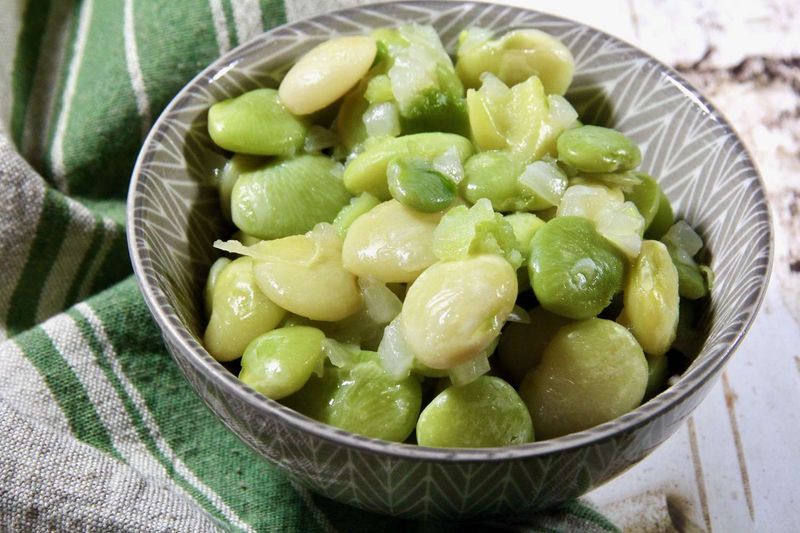
Remember those lima beans you pushed around your plate as a kid? Time for a second chance! These creamy, buttery legumes contain 11.6 grams of protein per cup – more than you’d find in a large egg.
Lima beans have a naturally rich, starchy texture that works wonderfully in soups, succotash, or simply seasoned with herbs and olive oil. Fresh limas taste sweeter than their dried counterparts and cook up in just minutes.
Beyond protein, they’re packed with manganese, potassium, and folate. Their slow-digesting carbs and fiber help stabilize blood sugar, making them perfect for steady energy throughout your day.
3. Edamame
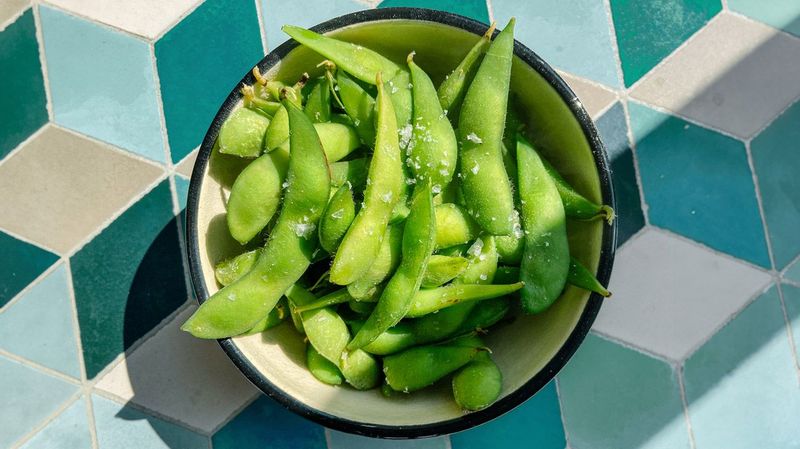
These vibrant green soybeans might look unassuming, but they’re protein superstars hiding in plain sight. With a whopping 18.6 grams per cup, edamame delivers nearly as much protein as a hamburger patty!
Traditionally served as a Japanese appetizer, these beans have a mild, nutty flavor that kids and adults love. Simply steam or boil the pods, sprinkle with sea salt, and squeeze the beans directly into your mouth for a fun, interactive snack.
Beyond protein, edamame offers fiber, iron, and calcium. Keep a bag in your freezer for quick protein boosts in salads, stir-fries, or as a standalone snack.
4. Green Peas
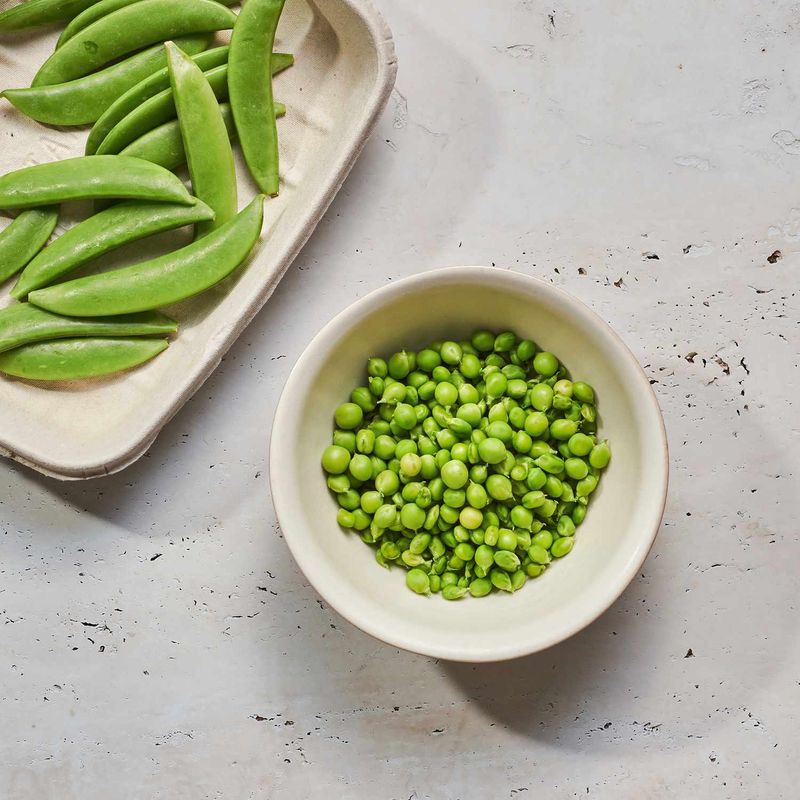
Those sweet green spheres hiding in your freezer are secret protein heroes! With 8.6 grams per cup, green peas contain more protein than a glass of milk. Their natural sweetness comes from healthy carbs that fuel your workouts and daily activities.
Fresh spring peas offer the brightest flavor, but frozen peas maintain nearly all their nutrition and are available year-round. Try them in pasta dishes, risottos, or mashed with mint for a delicious side dish.
Green peas also provide vitamins A, C, K, and plenty of antioxidants. Their combination of protein and fiber keeps hunger at bay for hours, making them perfect for weight management.
5. Spinach
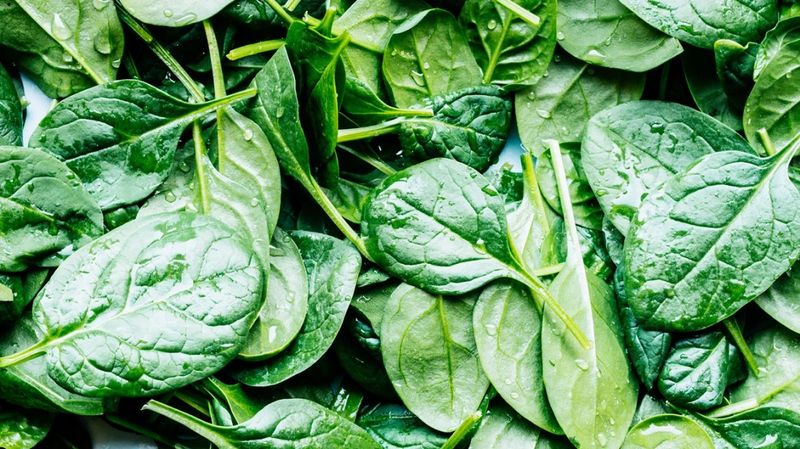
Popeye was onto something! While spinach might seem light and leafy, it packs a surprising 5.3 grams of protein per cooked cup. When cooked, spinach shrinks dramatically, meaning you can easily consume several cups in one sitting.
Raw spinach makes an excellent salad base, while cooked spinach works in everything from omelets to pasta. Its mild flavor adapts to whatever seasonings you prefer, making it incredibly versatile.
Beyond protein, spinach delivers more potassium than a banana and loads of iron, calcium, and vitamins A and K. Its antioxidant content ranks among the highest of all vegetables, fighting inflammation and supporting overall health.
6. Sweet Corn
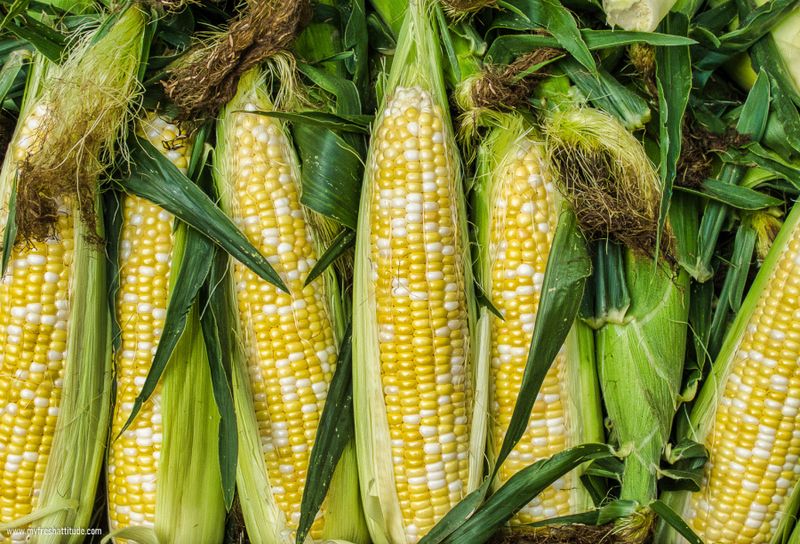
Summer’s favorite treat isn’t just delicious – it’s surprisingly protein-rich! Each cup of corn kernels contains about 5 grams of protein alongside natural sweetness that satisfies cravings. Unlike many vegetables, corn contains all nine essential amino acids, making it a complete protein source.
Fresh corn on the cob tastes best in summer, but frozen and canned corn work year-round in salads, soups, and salsas. Try Mexican-style corn with lime juice, chili powder, and a sprinkle of cotija cheese for a flavor explosion.
Corn also provides fiber and lutein, which protects eye health. Its natural carbohydrates make it excellent fuel for active people.
7. Asparagus

These sophisticated green spears aren’t just for fancy restaurants – they’re protein powerhouses with 4.3 grams per cup! Asparagus contains more protein than many other non-starchy vegetables, making it perfect for elegant, nutritious meals.
Quick-cooking asparagus works beautifully grilled, roasted, or steamed until bright green and tender-crisp. Its distinctive flavor pairs wonderfully with lemon, garlic, and Parmesan cheese. The thinner the spears, the more tender they’ll be.
Asparagus delivers folate, vitamin K, and compounds that act as natural diuretics, helping reduce bloating. It even contains special prebiotic fibers that feed beneficial gut bacteria, supporting digestive health and immunity.
8. Brussels Sprouts
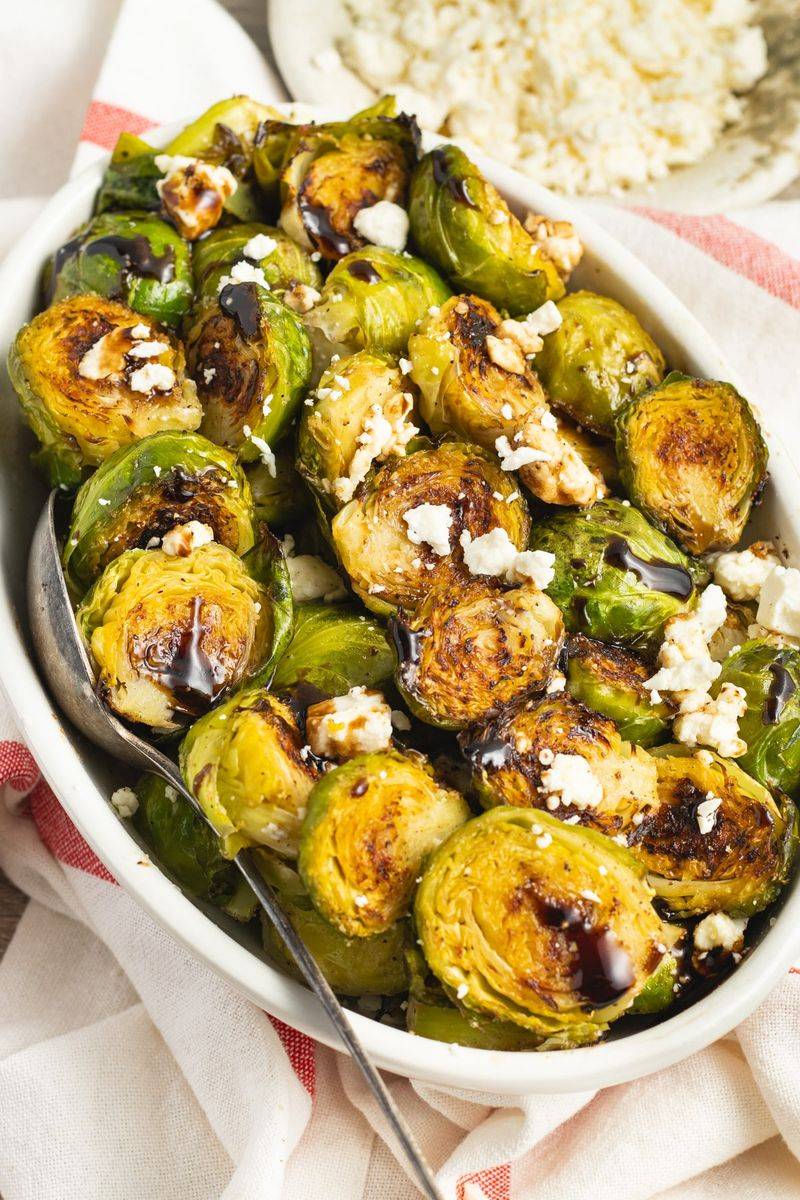
Once the vegetable everyone loved to hate, Brussels sprouts have made a delicious comeback! These mini cabbage lookalikes provide 4 grams of protein per cup, along with an impressive nutrient profile that supports overall health.
The secret to delicious Brussels sprouts? Roasting or sautéing brings out their natural sweetness while eliminating the sulfurous compounds that gave them a bad reputation. Try them halved and roasted with balsamic glaze or shredded raw in salads.
Brussels sprouts contain more vitamin C than oranges and special compounds that may help prevent cancer. Their fiber content supports gut health and helps you feel satisfied after meals.
9. Artichokes
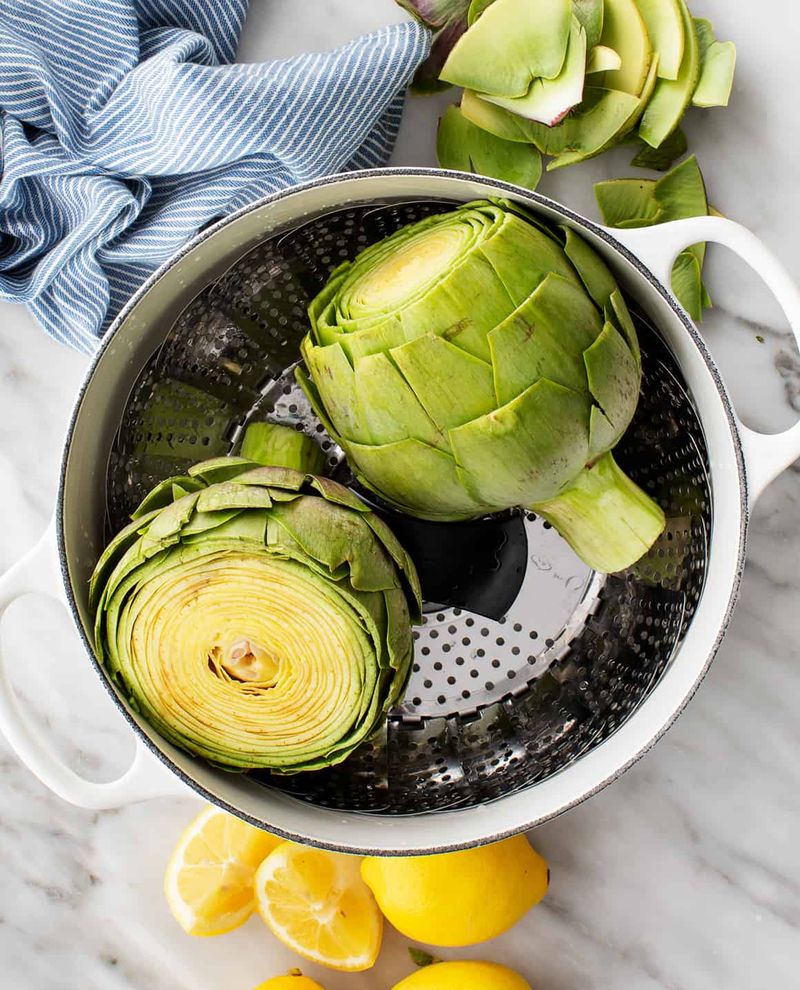
Beneath those prickly exteriors lies a protein treasure! Artichokes contain 4.2 grams of protein per cup, along with one of the highest antioxidant contents of any vegetable. These unusual-looking vegetables are actually immature flower buds from the thistle family.
While fresh artichokes require some prep work, the reward is worth it – simply steam whole artichokes and pull off the leaves to scrape the tender flesh with your teeth. Canned or frozen artichoke hearts offer convenience for dips, pastas, and pizzas.
Artichokes contain special compounds that support liver function and digestion. Their high fiber content (over 10 grams per artichoke!) promotes healthy cholesterol levels and digestive regularity.
10. Broccoli
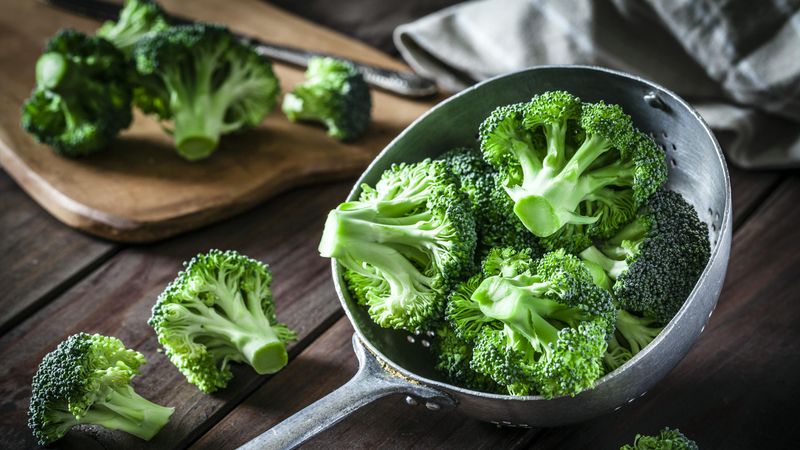
This tree-like vegetable reigns supreme in nutrition circles for good reason! Broccoli delivers 3.7 grams of protein per cup, plus an alphabet of vitamins that support everything from immunity to bone health.
For best flavor, avoid overcooking broccoli – quick steaming, roasting, or stir-frying preserves its bright green color and sweet, nutty taste. The entire plant is edible, from the florets to the stem (just peel the tough outer layer of larger stems).
Broccoli contains special compounds that help the body detoxify harmful substances and may prevent certain cancers. It’s particularly rich in vitamin K for blood clotting and bone health, plus fiber that feeds beneficial gut bacteria.
11. Mushrooms
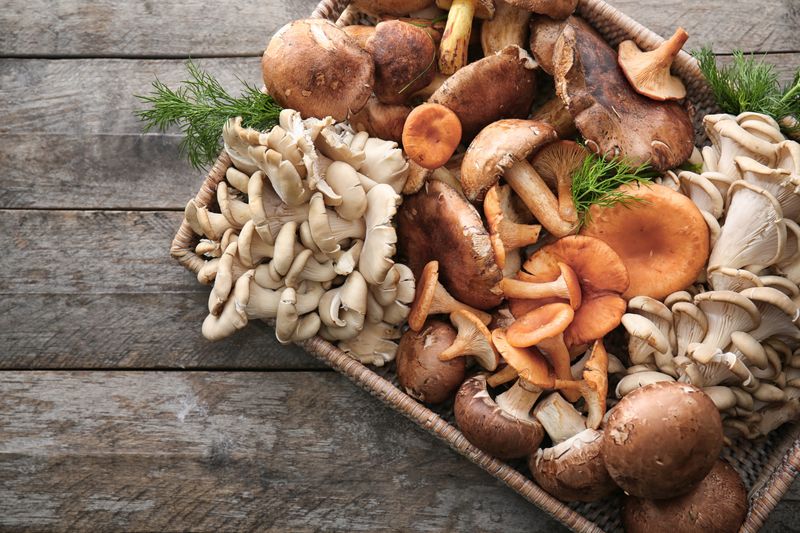
Not technically vegetables but fungi, mushrooms deserve their spot on this list with 3.4 grams of protein per cooked cup! Unlike most plant foods, mushrooms contain vitamin D when exposed to sunlight during growth, making them uniquely nutritious.
From everyday white button mushrooms to exotic varieties like shiitake and oyster, each type offers slightly different flavors and textures. Their natural umami taste adds meaty satisfaction to vegetarian dishes – try portobello mushrooms as burger substitutes!
Mushrooms contain special compounds that support immune function and may have anti-cancer properties. They’re also incredibly low in calories while being surprisingly filling, making them perfect for weight management.
12. Potatoes
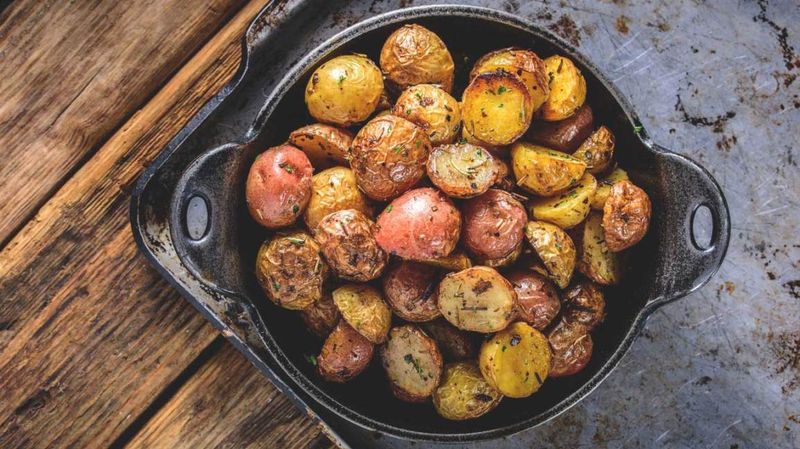
The world’s favorite vegetable holds a protein secret – a medium potato with skin contains 4.3 grams of complete protein! Unlike many vegetables, potato protein contains all the essential amino acids our bodies need, similar to animal proteins.
The skin contains much of the nutrition, so scrub potatoes well rather than peeling them. Baking, roasting, or air-frying creates delicious results with less fat than traditional frying. Purple and red potatoes contain additional antioxidants in their colorful flesh.
Potatoes provide more potassium than bananas and substantial vitamin C. When cooled after cooking, they form resistant starch – a special fiber that feeds beneficial gut bacteria and improves blood sugar control.
Leave a comment